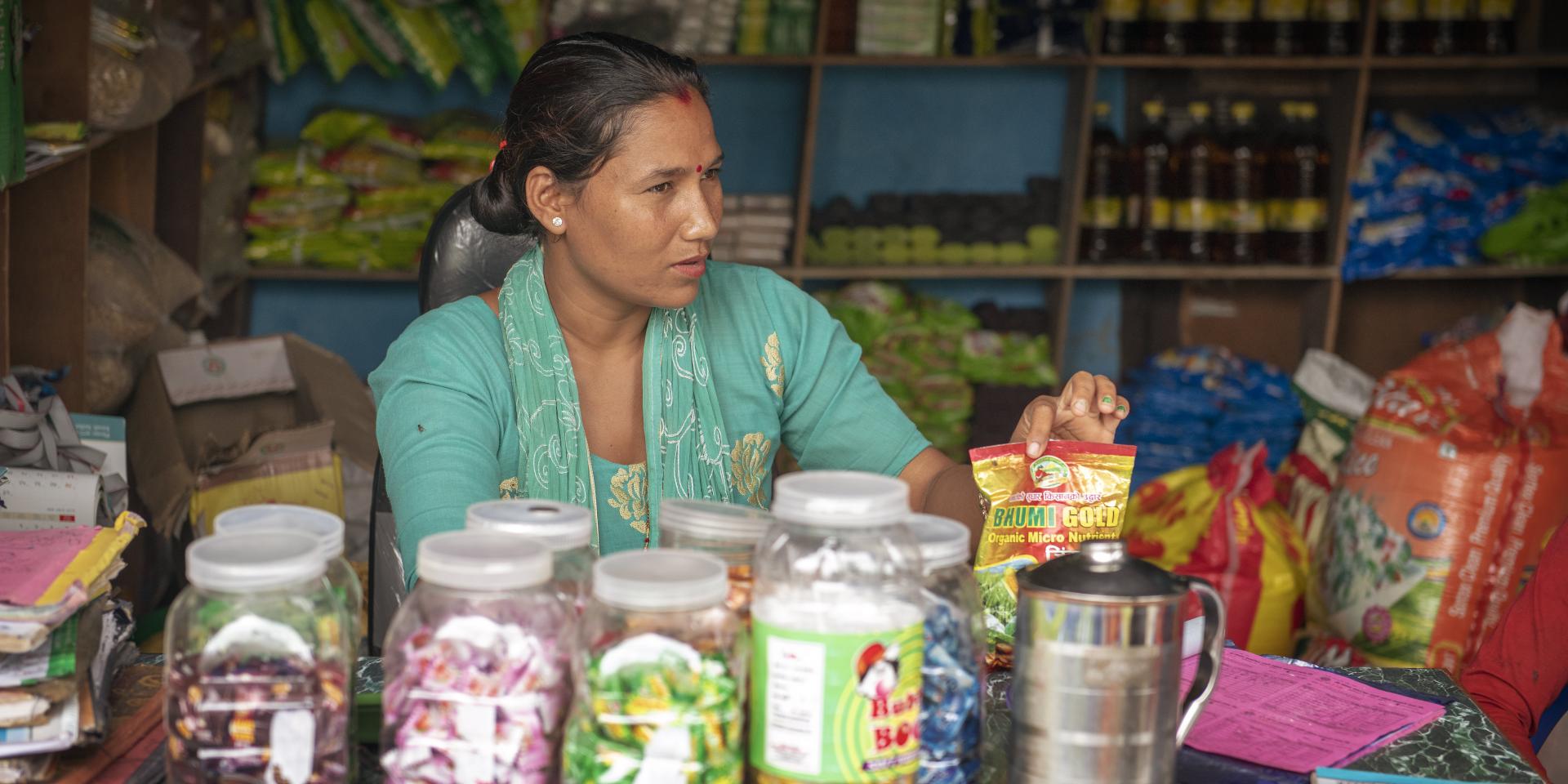How is One CGIAR research supporting rural women during times of crises?

A climate emergency, the COVID-19 pandemic and a global recession are among the crises that have upended the lives of millions of people this year. Rural women are particularly vulnerable to these upheavals, but are at the same time emerging as front-runners and leaders when it comes to building back better.
On the occasion of International Day of Rural Women, we have asked CGIAR centers and programs to answer this question:
How is One CGIAR research supporting rural women during this time of unprecedented crises?
CGIAR supporting rural women
This year’s crises risk deepening existing inequalities, with devastating social and economic consequences for women and girls. The impacts on rural women are especially concerning as rural women tend to lack resources and safety nets that can help buffer shocks, and they typically live further away from healthcare and aid options, such as direct cash or food distribution.
What’s more, disruptions to rural women’s mobility, work and responsibilities have serious knock-on effects on the food security, nutritional health and incomes of whole families and communities.
These threats were recognized by Secretary-General of the United Nations António Guterres when he recommended putting women’s leadership and contributions at the heart of resilience and recovery efforts. The imperative need to include women in crises responses has since been echoed by leaders in government, development and science around the world.
Research by One CGIAR centers and programs have long sought to support rural women, both to better cope with shocks, but also to take on their rightful roles as equal partners in agriculture, businesses and communities. CGIAR gender research spans a wide range of efforts: From building tools that can help decision-makers monitor and evaluate women’s empowerment, developing new crop varieties and consulting women on their preferences, to direct action research that helps women and men farmers break down inequitable gender norms.
The examples of how such CGIAR research improves the lives of rural women are plentiful. For example, women in Malawi are inspiring the next generation of smallholder farmers to adopt climate-smart technologies and, in Peru, women and youth are inspired to pursue careers cultivating high-quality varieties of cacao. All the while, women in Zambia, Bangladesh, Zimbabwe and Nigeria lead biofortified food businesses that advance nutrition and health. Still, opportunities to do more remain.
Now, more than ever, there is a need to share research for development that addresses gender issues and strengthens rural women’s access to resources, decisions and assets, protecting them—and their families—against shocks and crises.
Follow along for the next ten days as we publish posts, with evidence and insights, on the relevance and efficacy of investing in research for development to support rural women.